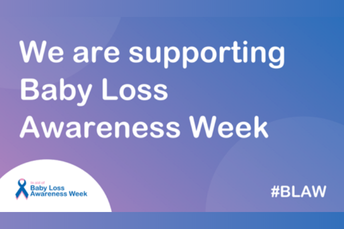The annual MBRRACE-UK report on maternal deaths provides a vital opportunity for learning across the healthcare system. By examining why women die during or after pregnancy, the report helps us understand not only the medical causes, but also the wider contexts in which care is experienced.
At MNSI, we are committed to making sure these insights translate into meaningful change. Our investigations into maternal deaths consistently show that safety and equity are inseparable and that understanding women’s circumstances is just as important as examining the care they received.
In this article, Louise Wake, Maternity Investigator – London East Team and Health Equity, Diversity and Inclusion Lead at MNSI, reflects on the latest MBRRACE-UK findings, how they align with themes seen in MNSI investigations, and the importance of equity-focused tools in shaping safer care.
The latest findings
The 2025 MBRRACE-UK report (covering 2021–23) shows that the leading causes of maternal death were:
- Thrombosis and thromboembolism
- Cardiac disease
- COVID-19
- Psychiatric causes (including suicide and substance use)
- Hypertensive disorders of pregnancy
But the report also makes clear that outcomes cannot be separated from context. It highlights persistent and troubling inequities:
- Maternal mortality was 2.3 times higher for Black women and 1.3 times higher for Asian women compared with White women.
- Women in the most deprived areas faced double the risk compared with those in the least deprived.
- Women aged 35 or older were nearly twice as likely to die compared with women aged 25–29.
- Obesity, strongly linked to deprivation, was a contributing factor for 376 women.
- 91% of women faced multiple overlapping challenges, including deprivation, pre-existing health conditions, domestic abuse and mental health needs.
Equity and safety: inseparable themes
These findings reflect the patterns we also see in MNSI maternal death investigations. They remind us that safety cannot be fully understood without equity, and that inequalities shape both women’s health and the care they receive.
This is why we have developed two in-house tools the Health Equity Warning Score (HEWS) and the HEART framework. These help our investigators to identify inequities, understand how they influence care, and translate findings into learning and change that can make a difference.
At MNSI, we believe that every investigation should help create a safer, fairer maternity and neonatal system. The MBRRACE-UK report reinforces the urgent need to address inequities if we are to reduce maternal deaths and improve care for all families.
Related news
Safety Spotlight: Exchange blood transfusion
MNSI responds to the CQC State of Care report 2025
